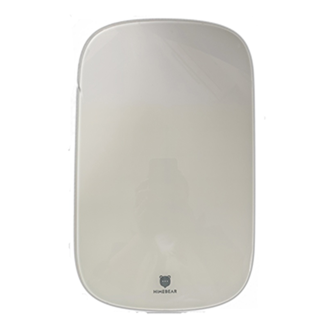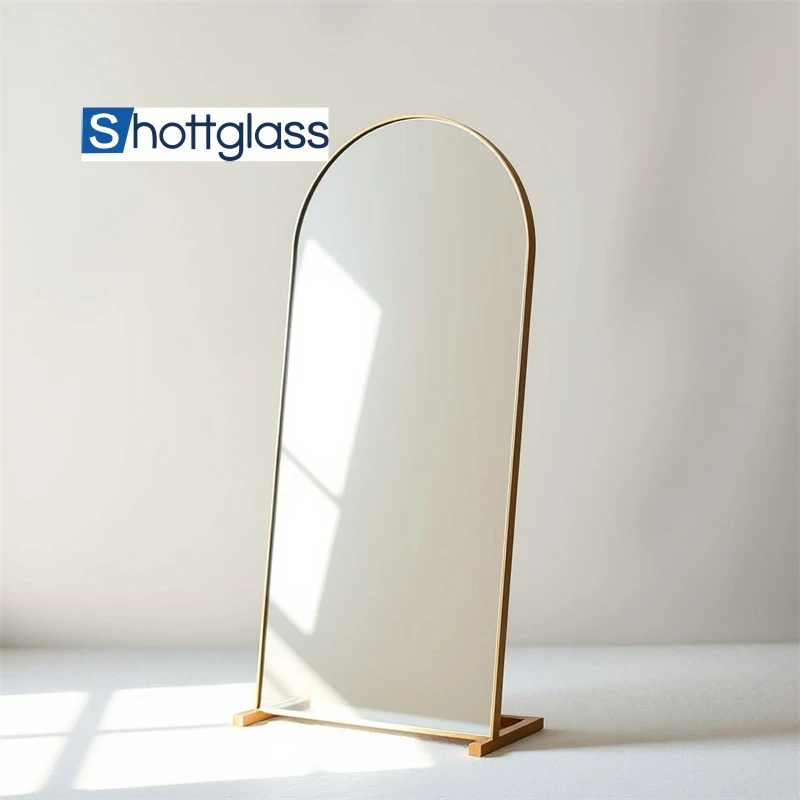Oct . 08, 2024 19:52 Back to list
Exploring Different Varieties of Glass Panels for Various Applications and Designs
Types of Glass Panels
Glass panels are widely used in various architectural and construction applications, offering aesthetic appeal, natural light, and structural integrity. The choice of glass panel type can significantly influence the functionality, safety, and energy efficiency of a building. In this article, we will explore the most common types of glass panels, their characteristics, and their typical uses.
1. Annealed Glass
Annealed glass is the most basic type of glass panel, made by slowly cooling the glass after it has been formed. This process makes it suitable for many applications, including windows and interior partitions. However, it has a lower resistance to thermal stress and can break easily. When safety is a concern, annealed glass might not be the best choice.
2. Tempered Glass
Tempered glass undergoes a heating and rapid cooling process, which increases its strength significantly compared to annealed glass. This type of glass is four to five times stronger than standard glass and is commonly used in areas that require safety and durability, such as shower doors, glass railings, and facades. In the event of breakage, tempered glass shatters into small, blunt pieces, reducing the risk of injury.
3
. Laminated GlassLaminated glass consists of two or more layers of glass with an interlayer (usually made of polyvinyl butyral) sandwiched between them. This type of glass offers excellent sound insulation and UV protection while maintaining safety. In the event of breakage, the interlayer holds the glass pieces together, preventing them from falling apart. Laminated glass is often used in skylights, glass floors, and when added security is needed, such as in banks and museums.
types of glass panels

4. Insulated Glass
Insulated glass panels, also known as double-glazed or triple-glazed glass, consist of two or more panes of glass separated by a spacer filled with air or gas. This design enhances energy efficiency by minimizing heat transfer, thus improving the thermal performance of buildings. Insulated glass is ideal for exterior windows and doors and is essential for meeting energy conservation standards in new constructions.
5. Low-E Glass
Low-emissivity (Low-E) glass is coated with a thin layer of metallic oxide that reflects thermal radiation while allowing natural light to pass through. This type of glass effectively reduces heat loss during winter and keeps interiors cooler during summer. Low-E glass is often used in residential and commercial buildings to improve energy efficiency and environmental sustainability.
6. Smart Glass
Smart glass, also known as switchable glass, can change its properties in response to electrical or thermal stimuli. This innovative technology allows for variable transparency, meaning it can switch from clear to opaque, providing privacy or controlling glare. Smart glass is particularly useful in modern buildings, conference rooms, and high-tech offices.
Conclusion
Choosing the right type of glass panel is crucial for architectural design and functionality. Each type of glass offers unique advantages suited for various applications, from standard windows to state-of-the-art smart glass solutions. Understanding these differences helps architects, builders, and homeowners make informed decisions that enhance safety, efficiency, and aesthetics in their projects. With the diverse options available, glass panels continue to play a vital role in modern architecture and design.
-
The Science of Laminated Glass
NewsAug.29,2025
-
Reflective Glass Facades: Modern Aesthetics and Energy Efficiency
NewsAug.29,2025
-
Mirror Glass: Transforming Commercial Spaces
NewsAug.29,2025
-
Insulated Glass: Energy & Cost Benefits
NewsAug.29,2025
-
Frosted Glass Walls: Modern Partition Solutions
NewsAug.29,2025
-
Blue Coated Glass: Features and Benefits
NewsAug.29,2025
Related PRODUCTS














